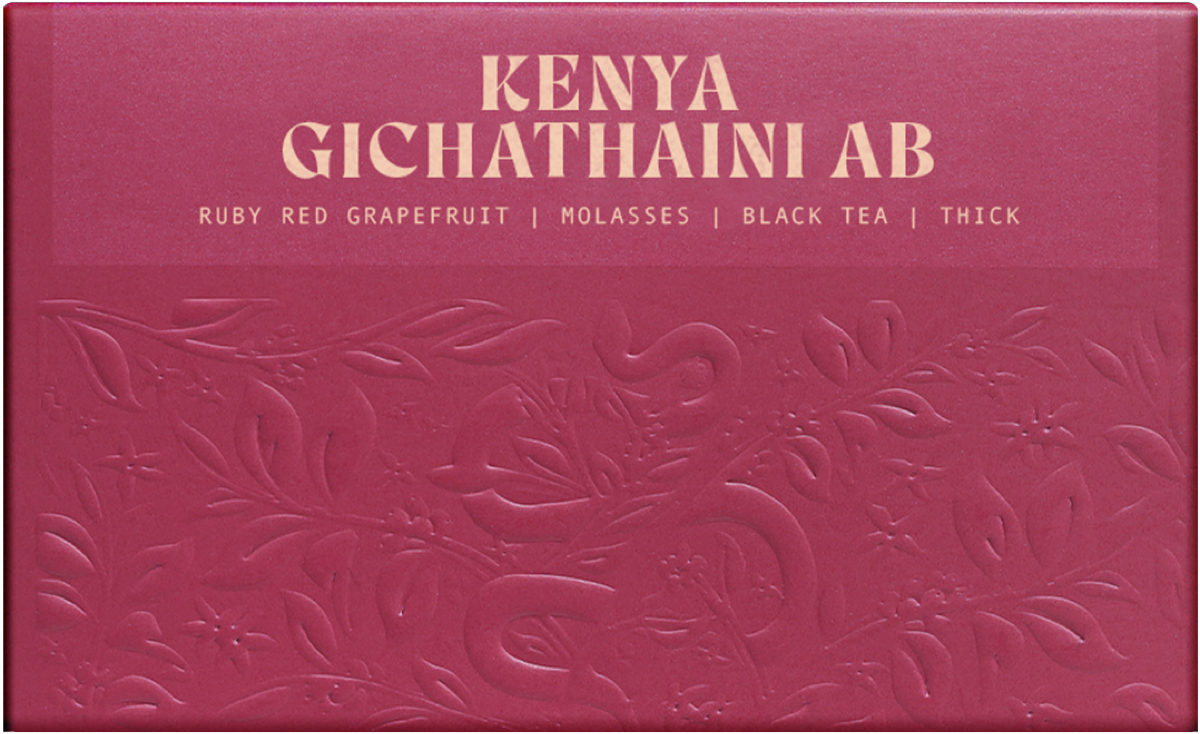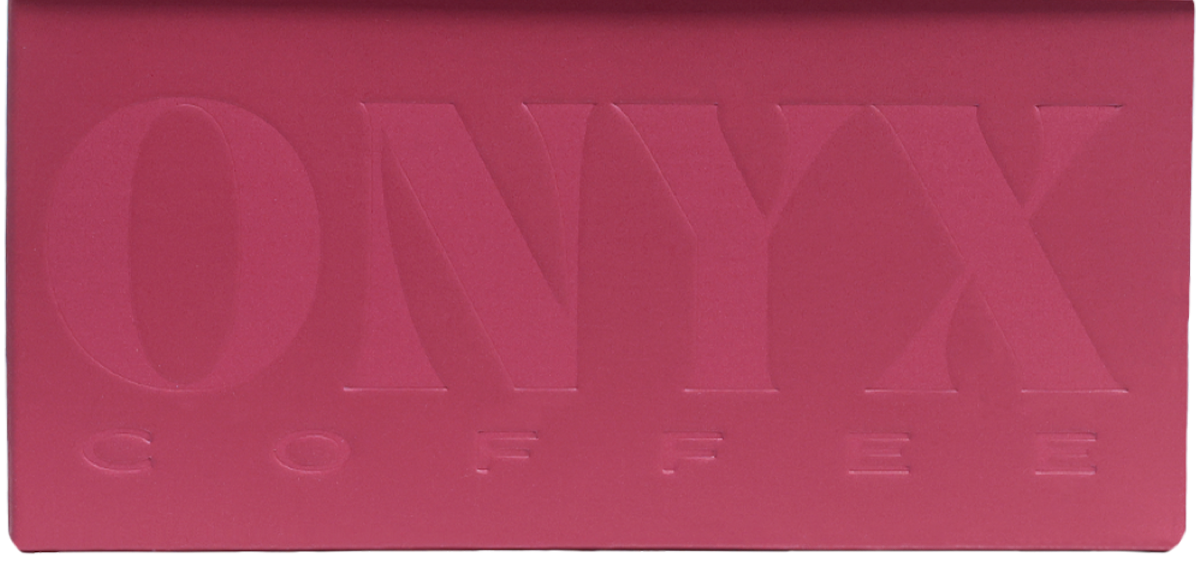Story
During a tumultuous shipping season, it’s great to partner with folks like Red Fox coffee when spot lots become available. While waiting on our own Kenyan coffees to arrive, our friend Aleco sent over a few selections from his own purchases. We chose this Gichathaini AB as our first release of the season, with many more to follow. Here’s what Red Fox has to say about their Kenya program:
“At the base of Mount Kenya, fertile volcanic soil and freshwater streams fill the landscape. While fertile terroir is ideal, most would agree cup quality comes from Kenya’s notable commitment to processing cherry. The entire regimen is sometimes referred to as the 72 hour process, a triple ferment process where the third stage utilizes fresh water to remove any lingering fruit. Farmers are encouraged to become members of a cooperative, which markets and sells coffee on the whole communities behalf. Most farmers in Kenya are smallholders and typically produce enough cherry for just a few bags. Washing stations are often called ‘factories’ and play an enormous role in the quality of the final product.
After picking, ripe cherry is brought to the factory by smallholder farmers, before it undergoes processing to remove the skin and pulp – known as the wet processing method. The nearest water source is the Kangunu stream, and the factory is dependent on electrical pumps to move water to reservoir tanks before using it for processing. Water is also recirculated for conservation. The factory is using a disc pulper with three sets of discs to remove the skin and fruit from the inner parchment layer that is protecting the green coffee bean.
After pulping, the coffee is fermented overnight to break down the sugars, before it is cleaned, soaked and spread out on the raised drying tables. Time on the drying tables depends on climate, ambient temperature and volumes under processing, and can take from 7 to 15 days in total. Kenyan coffee is undeniable: unique, powerful flavors that can’t be found anywhere else in the world. Using our extensive network, we selected a small volume of the absolute best of the best.”
KENYA PROCESS
In the Kenya process, first, the cherries are sorted, and under-ripe/overripe cherries are removed. Once the sorting is finished, the coffee is then depulped. This is done by squeezing the cherry through a screen and removing the fruit and skin from the bean. The coffee is then left to ferment in white ceramic tiled tanks for 24 hours. Next, the coffee is stirred for a short amount of time and left to ferment for another 24 hours. After two days of dry fermentation, the coffee is washed with fresh water, removing the sticky mucilage attached to the beans that are loosened by bacteria during the fermentation. It’s then soaked in water to ferment overnight slightly. The coffee goes through sorting and density channels, which separates the lots, and then it is taken to raised beds to dry. Once it reaches 11.5-12% moisture content, the coffee is brought to conditioning bins to rest until it goes to the dry mill.
Once a coffee has been processed, dried, and then milled, it goes to a sorter that separates the beans by specific characteristics, mainly size. Coffee goes into a machine that vibrates, sending beans through different screens with different-sized holes and sorts the coffee based on size and density. This results in a more uniform coffee and cup profile. Then the coffees are auctioned based on the grade (size & density) they have.
AA (screen size 17 & 18)
The largest and most celebrated grade of Kenyan coffee. Usually the highest priced coffee on the auction from each outturn and factory. AA is the most common grade we buy and what we normally expect from an outstanding Kenya cup.
AB (screen size 15 & 16)
This grade represents about 30% of Kenya production. While AB is usually considered lower quality than AA, we find that to not be accurate in the cup. Over the years of cupping, we have consistently found incredible AB’s that actually cup better than their more prestigious AA relatives, enforcing the idea that everything must be cupped and not have its value determined based on classification or reputation.
PB (Peaberry)
Peaberries represent about 10% of Kenya production. They are a result of a coffee cherry only producing one bean instead of two. Technically they are fused together during early stages and form one round bean instead of two half spheres. We tend to notice more fermentation tasting notes here. Winey, syrupy, and mouth coating are some of the attributes that we usually notice in the cup.
OTHER SIZES
E (large Peaberries & large chipped beans)
C (screen size 14 & 15)
TT (falls through 14)
T (small or broken pieces of beans)



